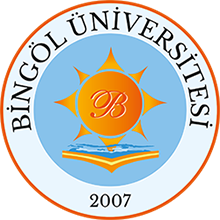A hybrid method based on time-frequency images for classification of alcohol and control EEG signals
Tarih
2017Yazar
Bajaj, Varun and Guo, Yanhui and Sengur, Abdulkadir y and Siuly, Siuly
and Alcin, Omer F.
Üst veri
Tüm öğe kaydını gösterÖzet
Classification of alcoholic electroencephalogram (EEG) signals is a
challenging job in biomedical research for diagnosis and treatment of
brain diseases of alcoholic people. The aim of this study was to
introduce a robust method that can automatically identify alcoholic EEG
signals based on time-frequency (T-F) image information as they convey
key characteristics of EEG signals. In this paper, we propose a new
hybrid method to classify automatically the alcoholic and control EEG
signals. The proposed scheme is based on time-frequency images, texture
image feature extraction and nonnegative least squares classifier
(NNLS). In T-F analysis, the spectrogram of the short-time Fourier
transform is considered. The obtained T-F images are then converted into
8-bit grayscale images. Co-occurrence of the histograms of oriented
gradients (CoHOG) and Eig(Hess)-CoHOG features are extracted from T-F
images. Finally, obtained features are fed into NNLS classifier as input
for classify alcoholic and control EEG signals. To verify the
effectiveness of the proposed approach, we replace the NNLS classifier
by artificial neural networks, k-nearest neighbor, linear discriminant
analysis and support vector machine classifier separately, with the same
features. Experimental outcomes along with comparative evaluations with
the state-of-theart algorithms manifest that the proposed method
outperforms competing algorithms. The experimental outcomes are
promising, and it can be anticipated that upon its implementation in
clinical practice, the proposed scheme will alleviate the onus of the
physicians and expedite neurological diseases diagnosis and research.
Koleksiyonlar

DSpace@BİNGÖL by Bingöl University Institutional Repository is licensed under a Creative Commons Attribution-NonCommercial-NoDerivs 4.0 Unported License..













